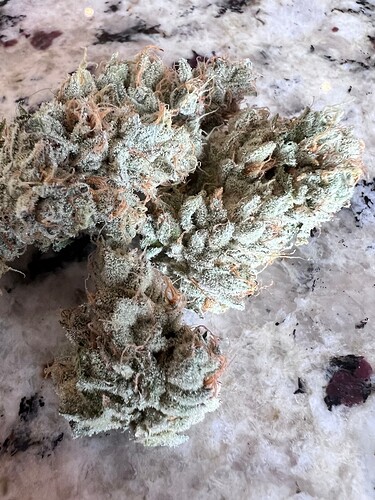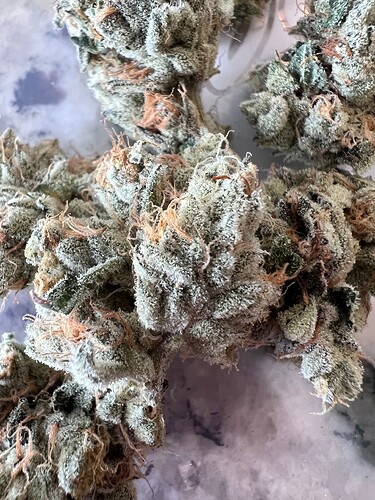The answer to the original question, as to the true delineation point between a 10k cut and lower is related to PLOIDY levels, and not exactly the marker assisted breeding techniques. My best example I can give is the world famous ‘MAC1’; it has a few breeding quirks that let us know that it is an alloaneuploid by process of elimination.
aneuploids and 3n/5n/7n/etc are known to produce little to no viable pollen. Less pollen viability the higher the ploidy level, but they can be receptive to 2n pollen in low frequencies.
The higher ploidy level could not be possible since we know that the parental lineage was 2n, but it is possible that a doubling event can happen with individual genes related to flowering or trichome morphology. This would account for the fact that MAC1 produces almost no viable pollen, but can be receptive to 2n pollen.
So MAC1, although it must be an aneuploid, must also have an even numbered chromosomal count, because the F1 progeny are all reproductively viable in all successive generations. If it were triploid or higher, this would not be possible due to uneven chromosomal pairing during meiosis.
To answer the agronomic value is also in aneuploidy, as proven by the hemp industry starting to use triploid genetics in the field; triploids take 2-3 weeks longer to finish flowering in the field compared to 2n. This is because the entire genome got multiplied by 1.5… we don’t actually want that. We actually only want multiple copies of specific genes related to flowering/trichome/gibberellin production. We don’t need multiple copies of genes related to pith production that clog combines in the field, and other genes that may actually limit yield.
Believe it or not, marker assisted breeding techniques are not needed in the selection of aneuploids. This can be done simply by applying 2n pollen to any higher level of ploidy, and visually selecting the resultant progeny without requiring PCR. Even if you had a Pacbio sequencer for free, your effort in prepping the samples would be a waste because the allelic combinations would not be understood on paper(it’s all a balancing act). Also the highest vigor is in the F1, so sequencing F2’s in Veg would be pointless because we lose the commercial value of the growth vigor the further we inbreed.
Even checking ploidy levels is visual. You can visually see each chromosome in a cell at 2,000x magnification. Count the chromosomes manually in far less time than a 250k PacBio sequencer, and since we don’t definitively know what happens when you multiply individual genes or combinations of multiples, knowing exactly which genes are multiplied is a waste of time, money, and man power.
*I say all this from the standpoint of a person that is a total idiot and knows absolutely nothing about plant genetics. So if you don’t agree with me, you’re correct in assuming I’m retarded 

![]()
![]()
![]()
![]()



